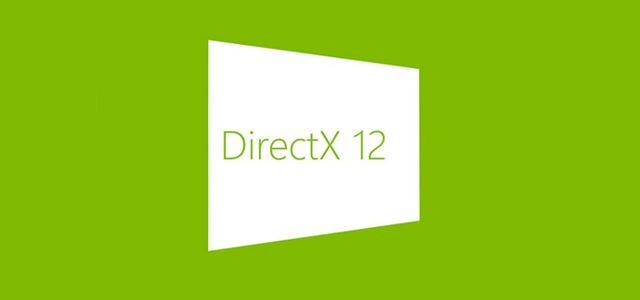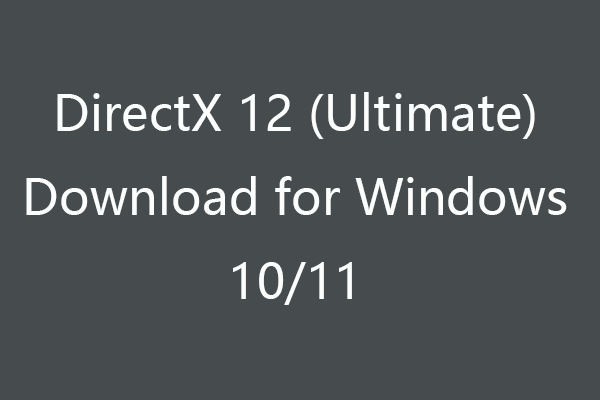
Other texture libraries require that the compressed image format to be decompressed before the pixel data can be stored in a GPU texture object. In my experience, the DirectXTex library is also the only library that can handle almost all DDS formats with (preprocessed) mipmaps and cubemaps (and cubemaps with mipmaps).
What is directx 12 code#
The functions provided by the DirectXTex library provide direct access to the DXGI_FORMAT of the loaded texture which requires less code to convert the format of the texture from the library specific format to the DXGI equivalent. The DirectXTex library was chosen for its simplicity in loading texture files.
What is directx 12 how to#
This lesson shows how to load textures using the DirectXTex library. For example, stb_image could be used to load some texture formats while DirectXTex library could be used to load DDS textures. It is also possible to combine several libraries to handle texture loading. The DirectXTex library provides functions for loading BMP, JPEG, PNG, TIFF, HDR, and TGA texture formats. FreeImage is another open-source project that can be used to load about 50 different texture formats including BMP, DDS, JPG, TGA, PSD, PNG, and many more. For example, stb_image is a single-file C header that can be used to load JPG, PNG, TGA, BMP, PSD, GIF, HDR, and PIC textures. There are many C/C++ libraries that can be used to load the texture data. In this lesson, a compute shader is used to generate the mipmaps for a texture when the texture is loaded.īefore textures can be applied to the geometry in the scene, they must be loaded into a GPU texture object.

It is the responsibility of the graphics programmer to generate the mipmaps for a texture. DirectX 12 no longer provides a method to automatically generate the mipmaps for a texture. The mipmap at level 1 is half the size of the mipmap at level 0 and at level 2 is half the size of level 1 and so on. The first mipmap (at level 0) is the original texture. A mipmap is a smaller version of the original texture.

When loading a texture, it may be necessary to generate the mipmaps for the texture. Thanks to the power of the programmable pixel shader, the texture information can be interpreted any way the graphics programmer desires. For example, in a physically based renderer (PBR) textures are used to store how “metalic” the object is is or how “rough” the surface is. Textures can be used to store any type of information that is useful for the graphics programmer.

Textures can be used to store more than just (albedo) color information about an object. Texturing is the process of mapping a 1D, 2D or 3D image onto a 3D object.


 0 kommentar(er)
0 kommentar(er)
